Are painted bicycle lanes enough to keep bicyclists safe? No, according to a new study. In fact, painted bike lanes might actually make roads more dangerous for bike riders. Why? Drivers may have a false sense of security when they see painted bike lanes. They may mistakenly believe that the painted line somehow protects the bicyclist. However, accident statistics don’t support this.
Study Finds Painted Bicycle Lanes Aren’t Helpful
For the study, Australian researchers worked with 60 bicycle riders. The riders were each given a device that could record the distance between them and passing vehicles. During the five-month study, riders used roads that both had and did not have painted bicycle lanes. Over the course of the study, researchers recorded more than 18,500 “car-bike overtaking events.”
Here’s what researchers discovered:
- Drivers left an average of 5.5 feet between vehicles and bicycles when passing.
- Drivers left 3.25 feet between vehicles and bicycles when using roads that had painted bike lanes.
- SUVs and buses were less likely to leave a safe cushion between themselves and bicycles while passing.
- Drivers left less space while traveling on roads with narrow lanes or speed limits at or above 35 MPH.
There’s one very important takeaway from this study. Drivers leave less space between themselves and bicycles on roads with painted bike lanes. In fact, drivers in the study drove an average of 1.25 feet closer to bicyclists inside painted bike lanes.
Paint Won’t Stop a Collision
Drivers seem to be under the impression that painted lanes offer protection to bicyclists. However, this simply isn’t true. Paint only divides the road visually and shows drivers and bicyclists where they should travel. Paint won’t stop a bike from veering into traffic, nor will it stop a car from getting too close to a bike while passing.
Drivers probably don’t consciously drive closer to bicycles when there are painted lines. They probably deliberately leave more space when they know that there is no dedicated bike lane. They have to go out of their way to make sure that they leave enough space while passing. When dedicated lanes exist, they subconsciously trust those lanes are sufficient.
More Bicyclists Make Roads More Dangerous
The number of people choosing to ride a bike rather than drive a car has increased in recent years. This is likely thanks to young people who are worried about the environment and their health. With more bikes on the road, bike accidents are more likely to happen. This is particularly true when bicyclists are distracted, inexperienced, or unfamiliar with local laws and regulations.
Studies show that cyclist behavior is a huge factor in collisions with nearby vehicles. In order to fix this problem, two things need to happen.
First, cyclists need to put their phones down and concentrate on their surroundings. A bicyclist who is looking at their phone probably won’t notice a car encroaching on their lane. Had they been paying attention, they may have been able to avoid a collision.
Second, cities need to invest in more than visual bike infrastructure. Dedicated bike lanes, separated from other traffic using only a stripe of white paint, aren’t enough to protect riders. Instead, cities need to design and install physical barriers between vehicle and bike lanes. The physical barrier will force cars and bikes apart, reducing the risk of a collision and bike accident.
For more information, see our benchmarking report or contact us.

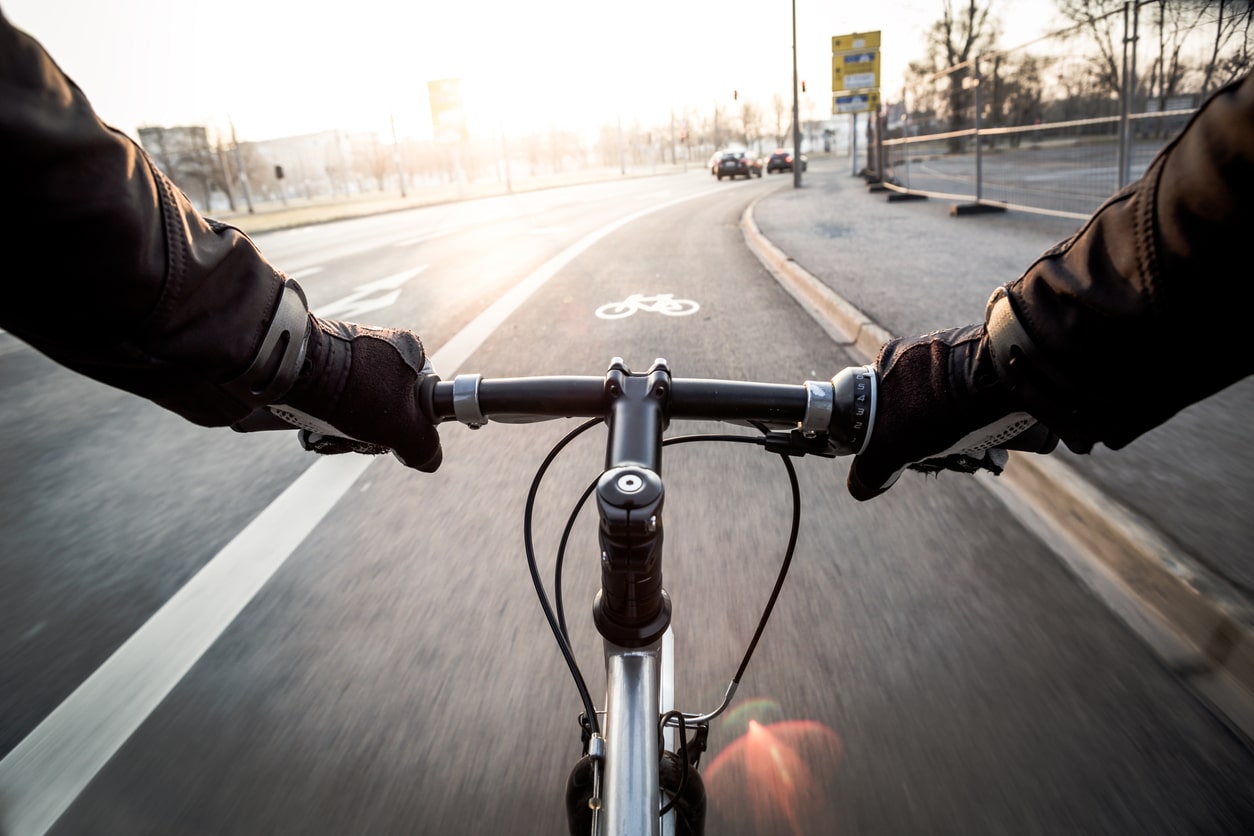
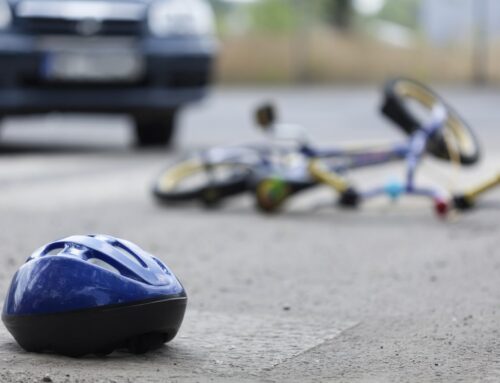
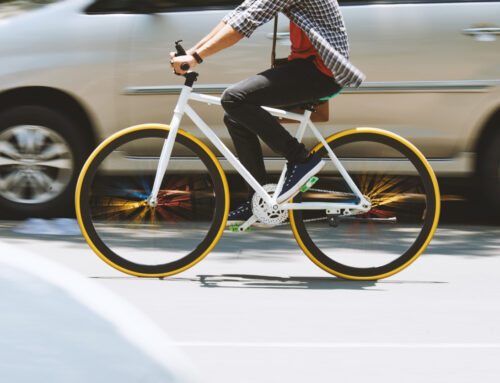
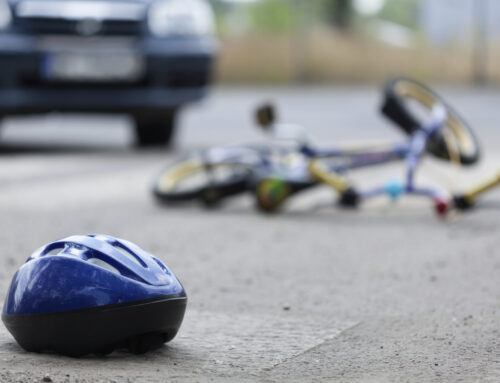
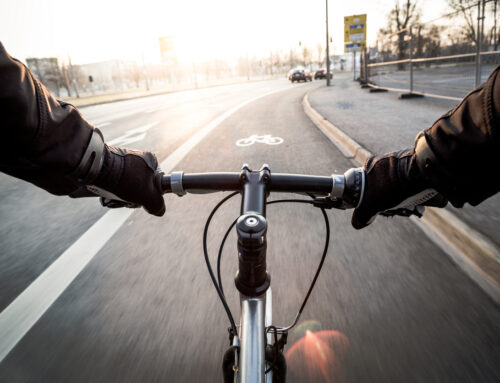
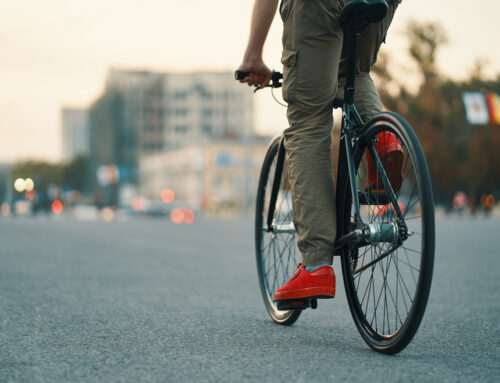
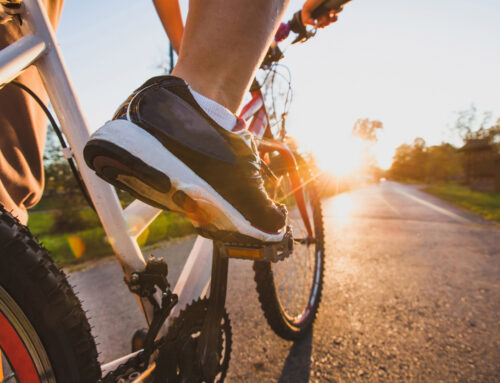
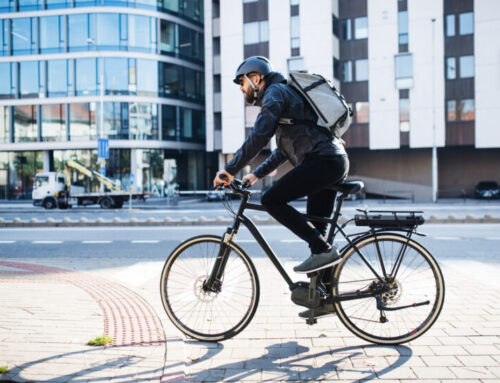
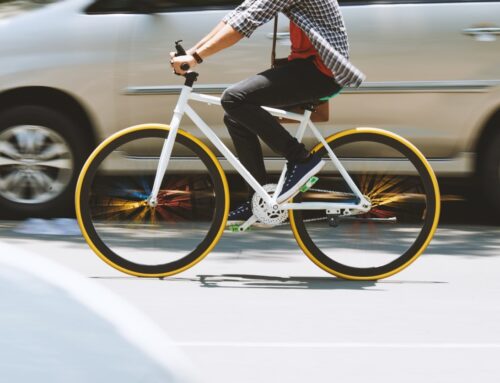
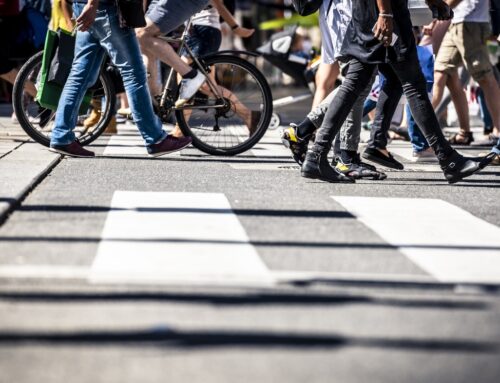
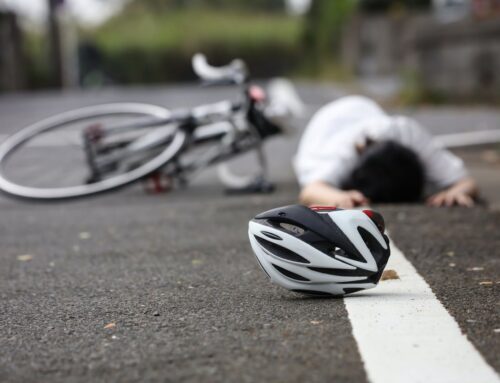
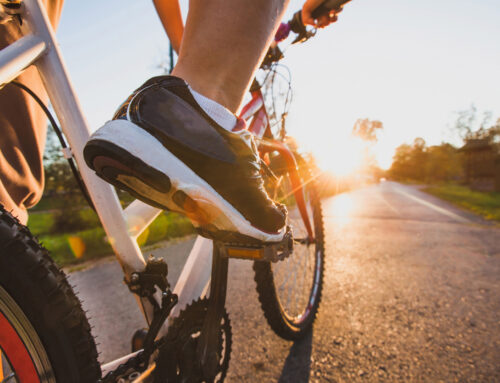
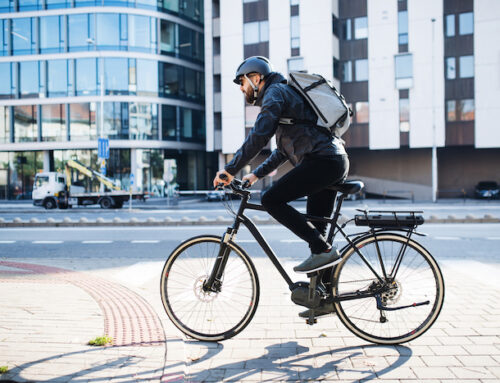
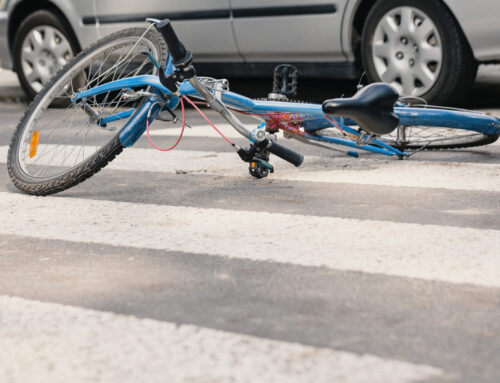
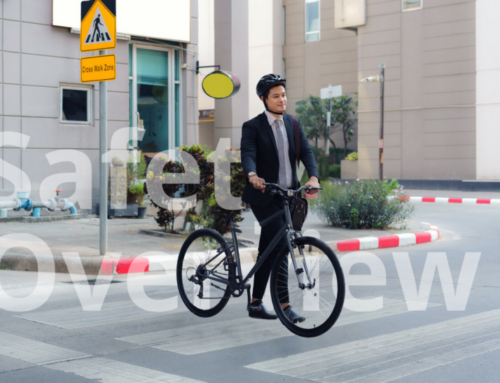
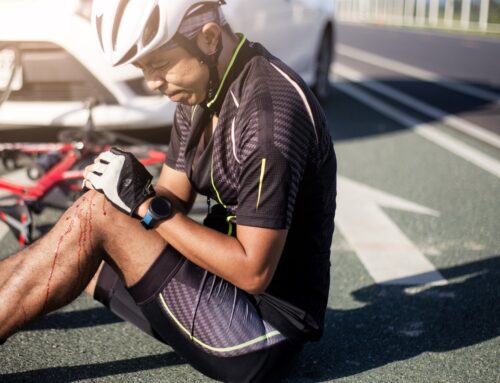

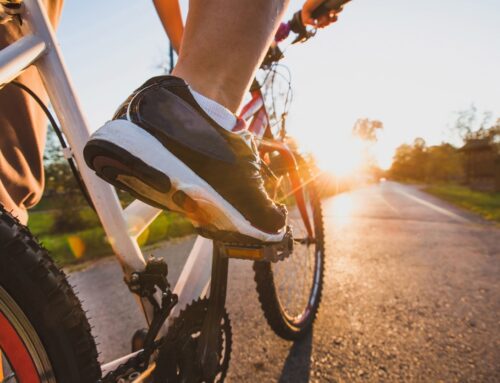
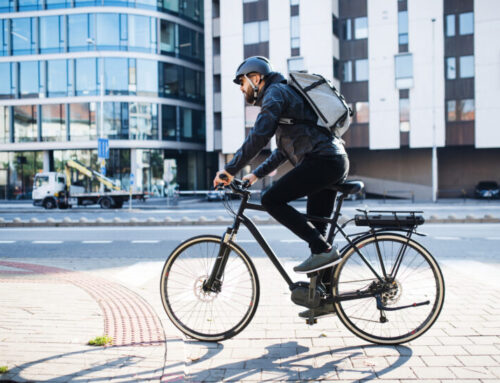
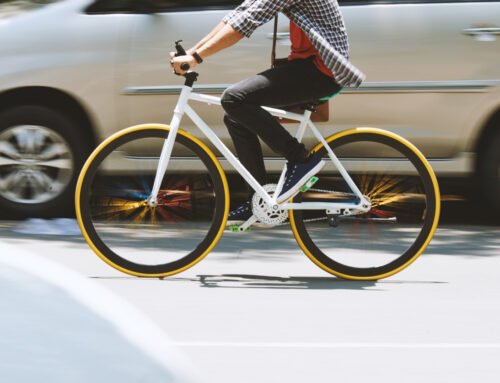
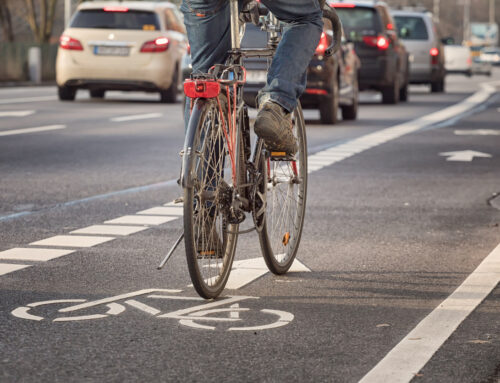
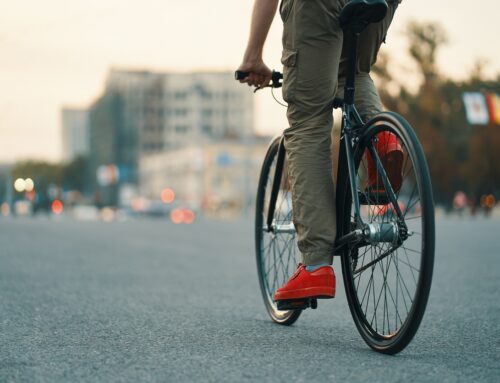



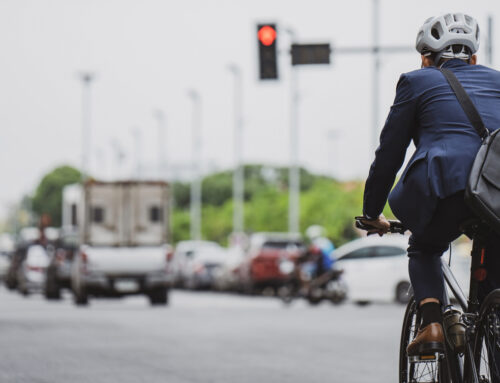
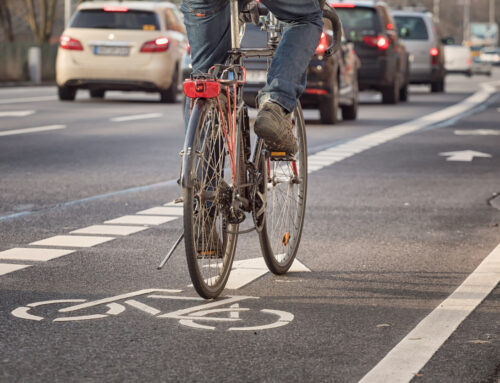
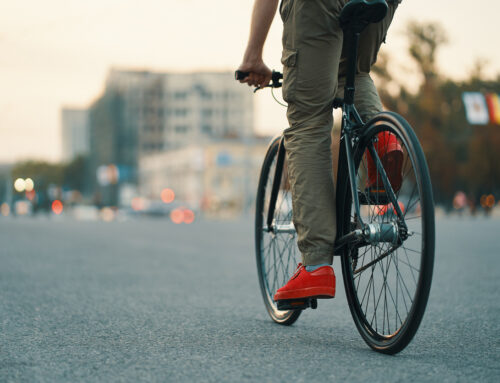
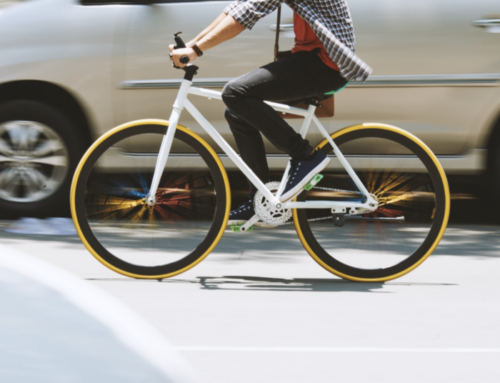
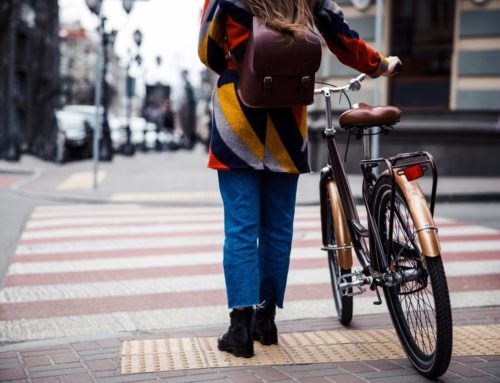
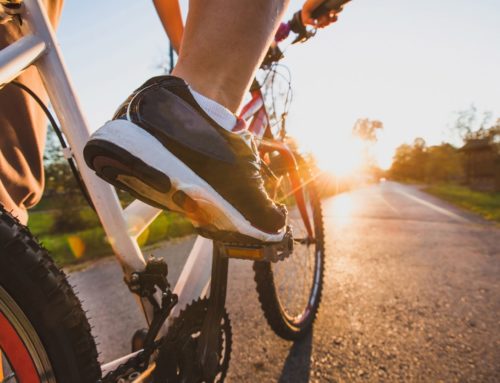
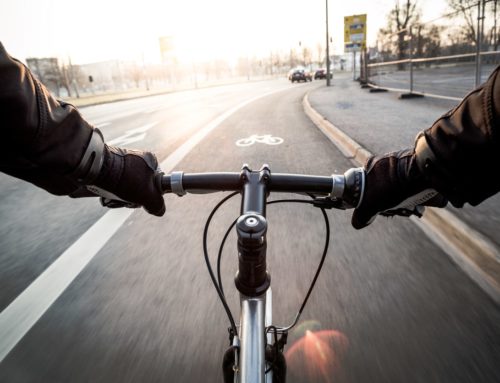

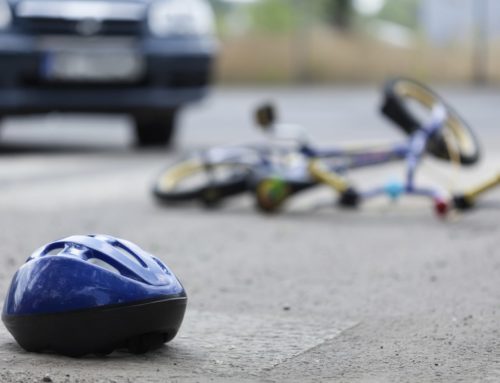

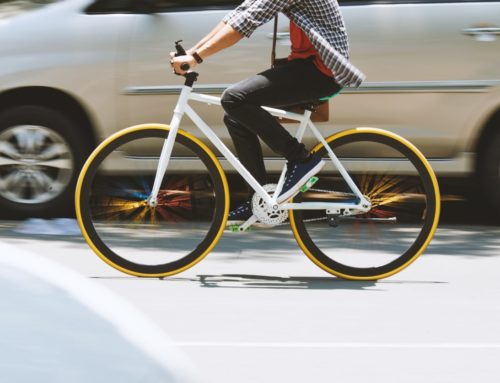


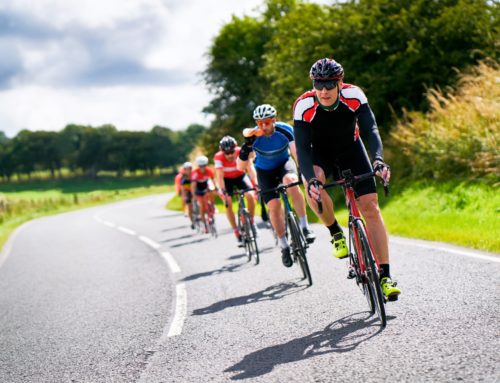
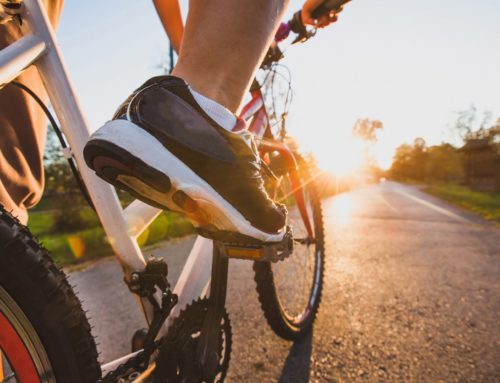
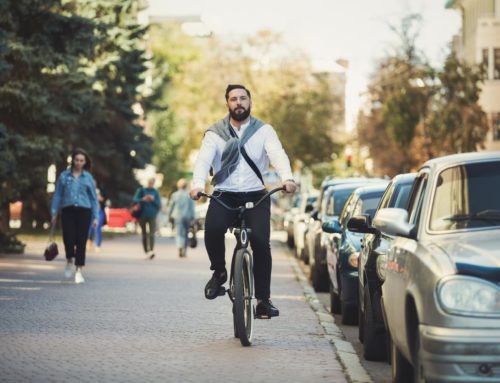
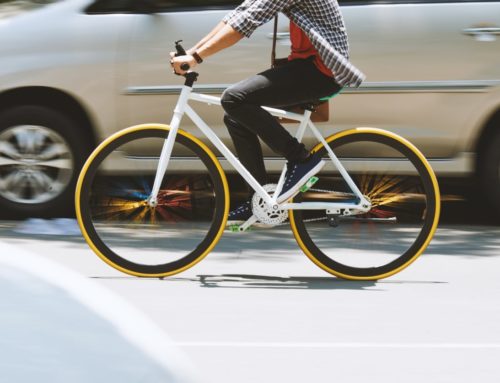


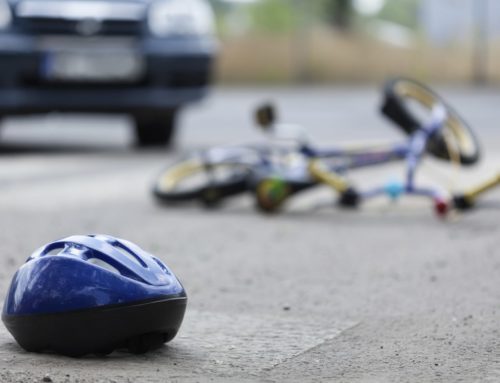

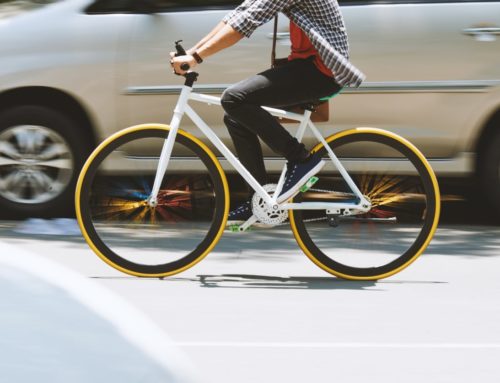
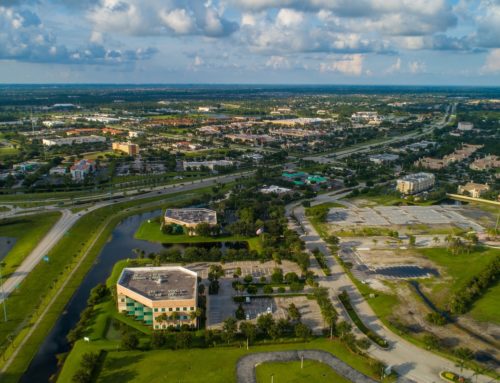
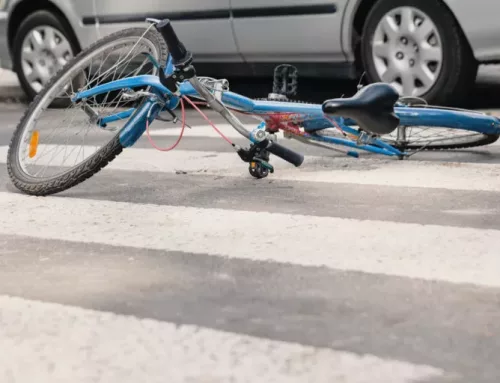
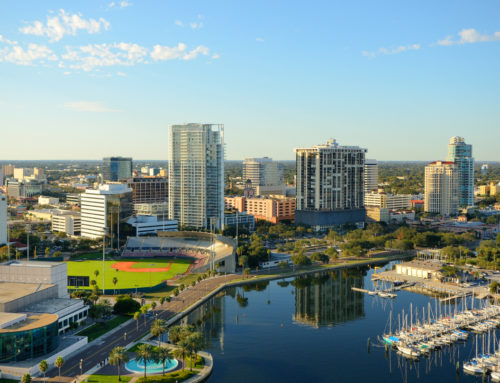
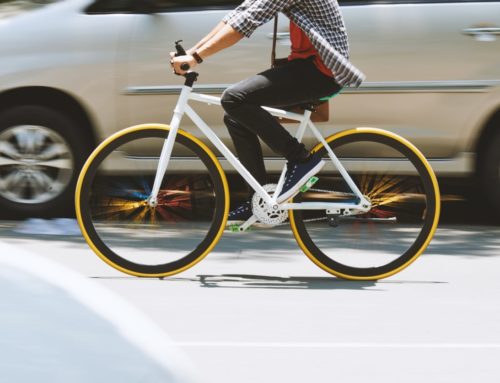
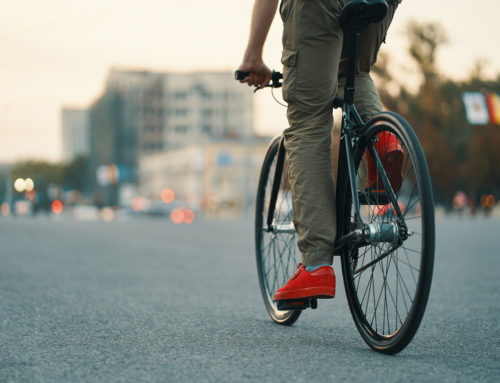
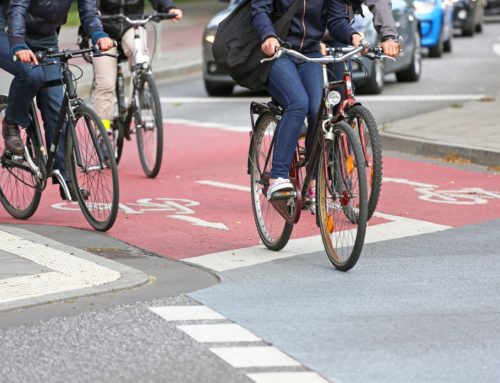
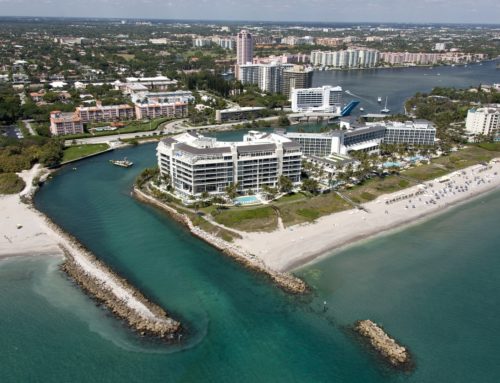
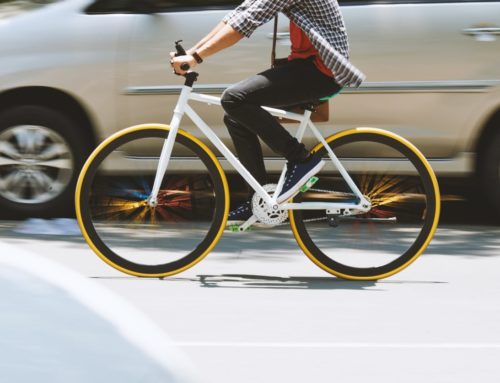
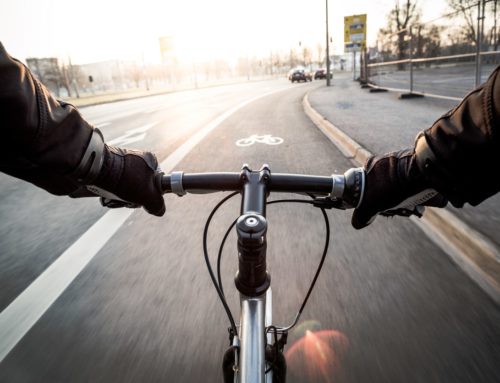
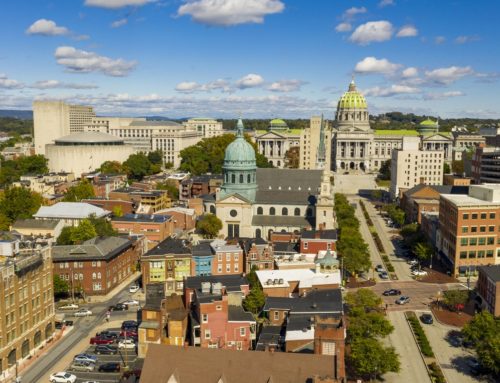
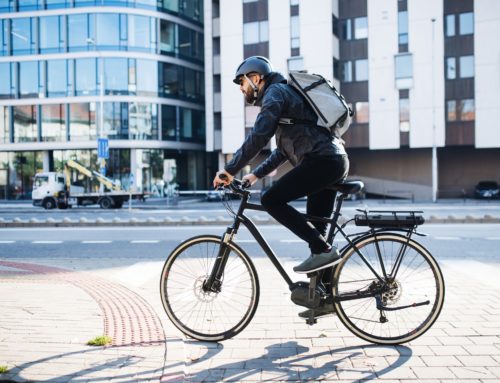
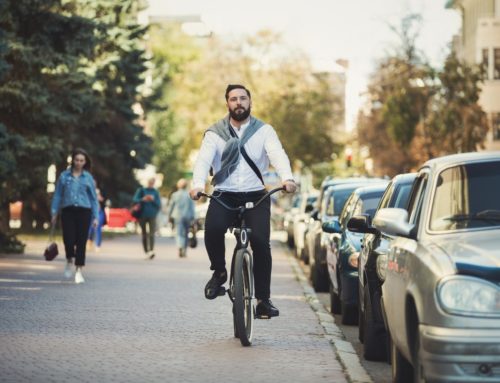
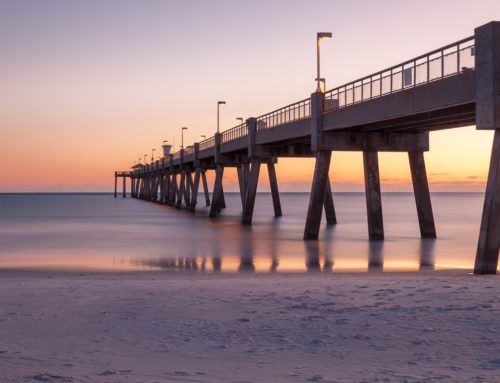
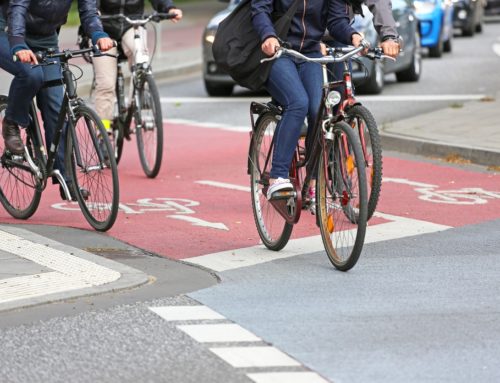
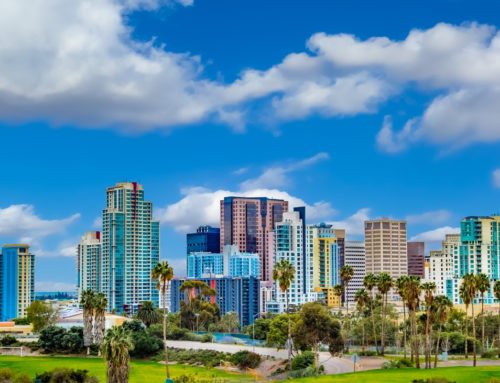
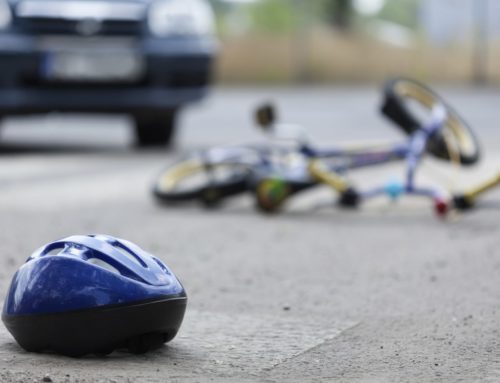
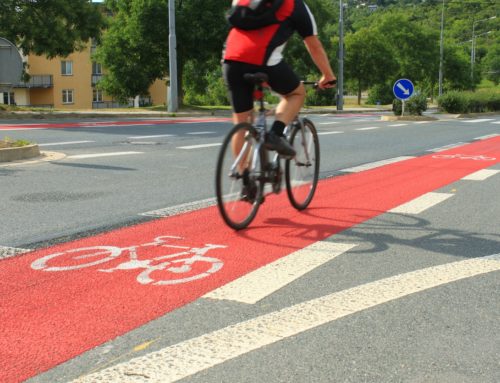



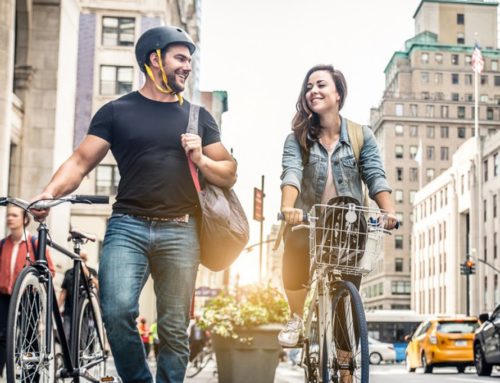

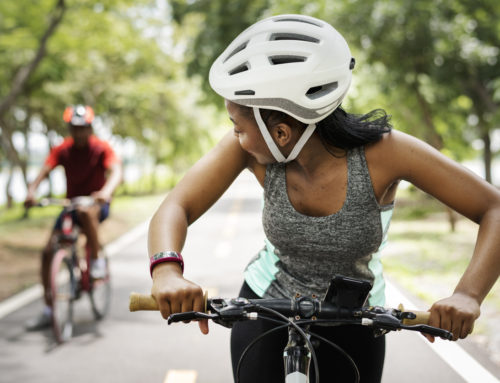
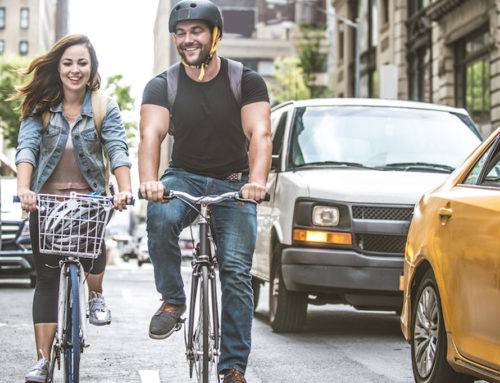


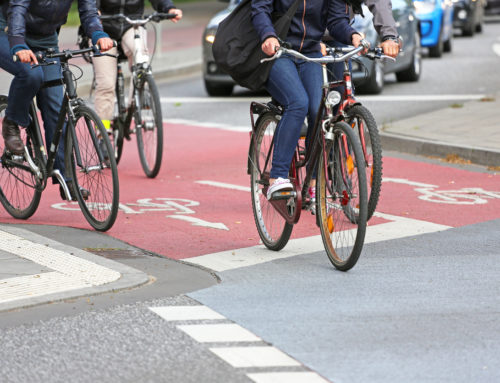
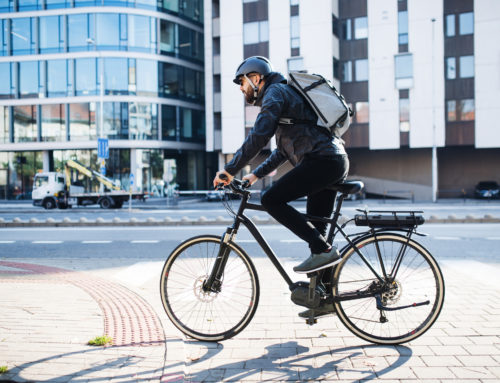

Leave A Comment